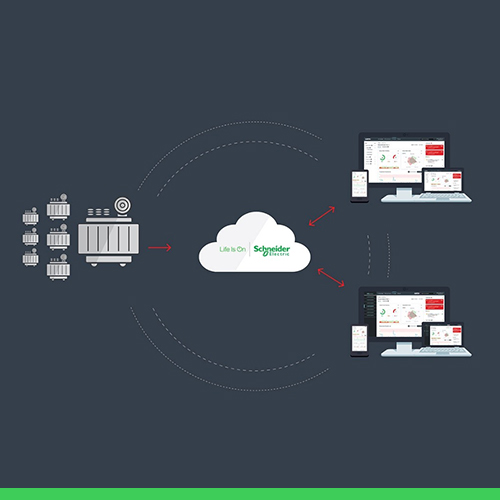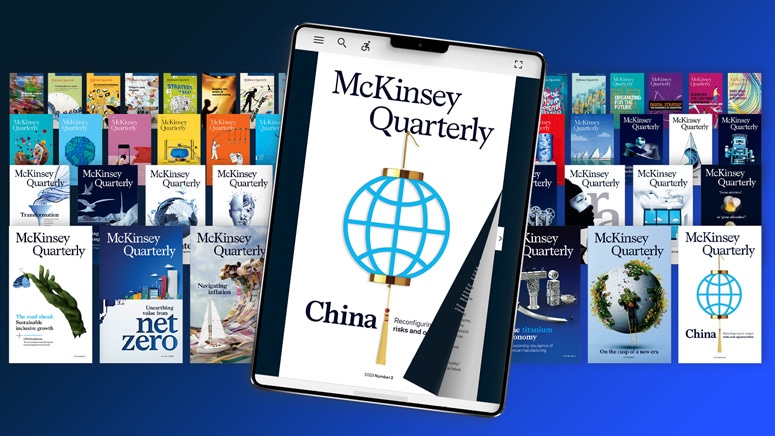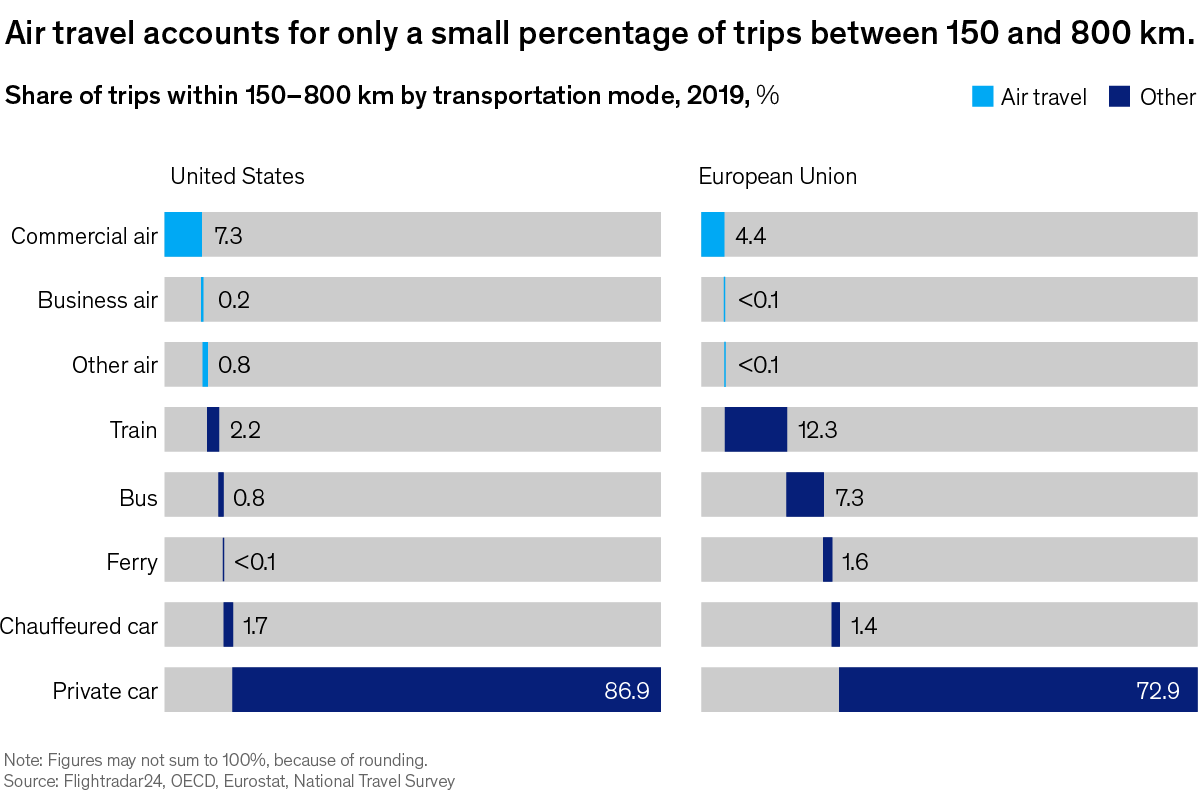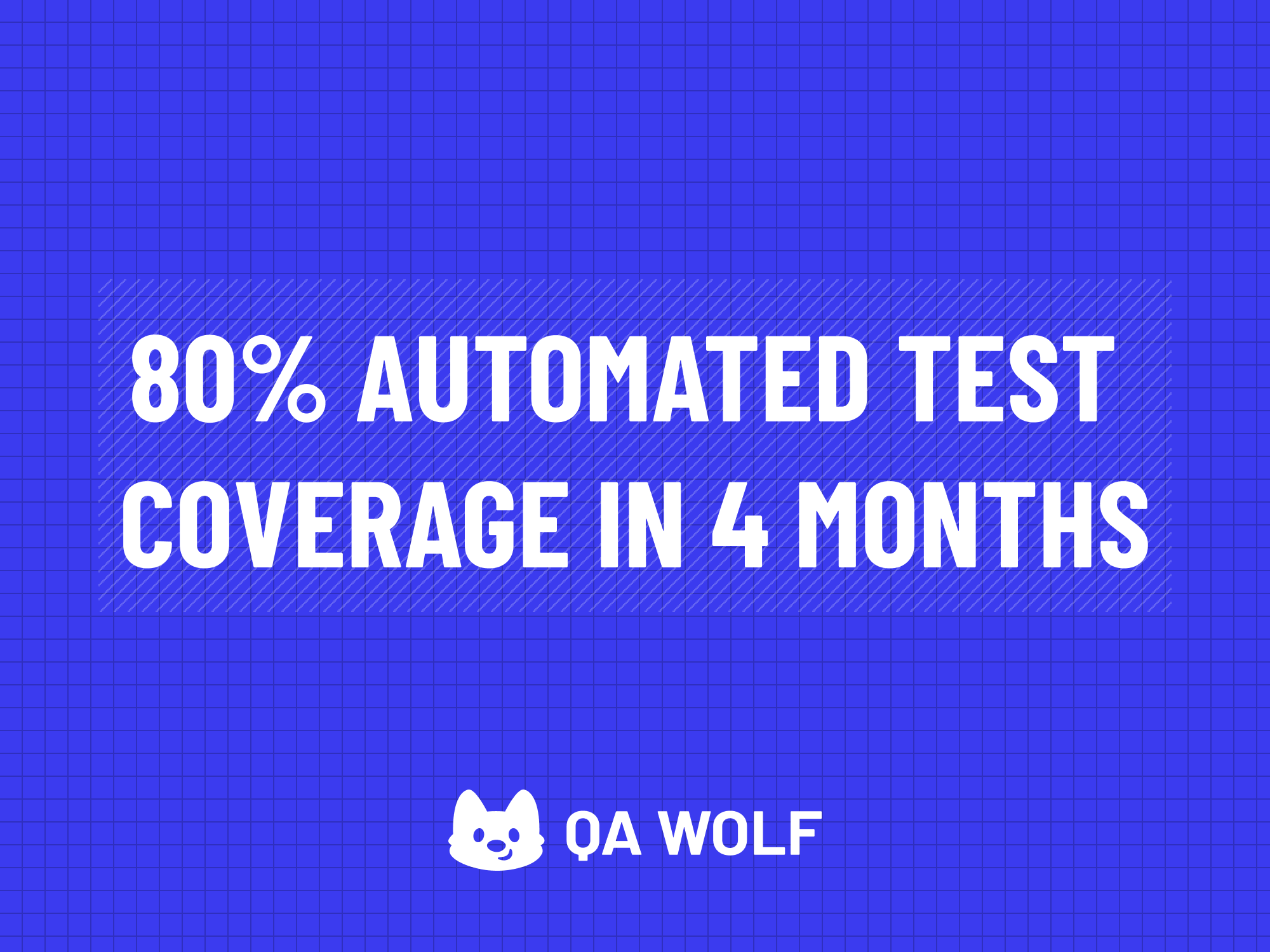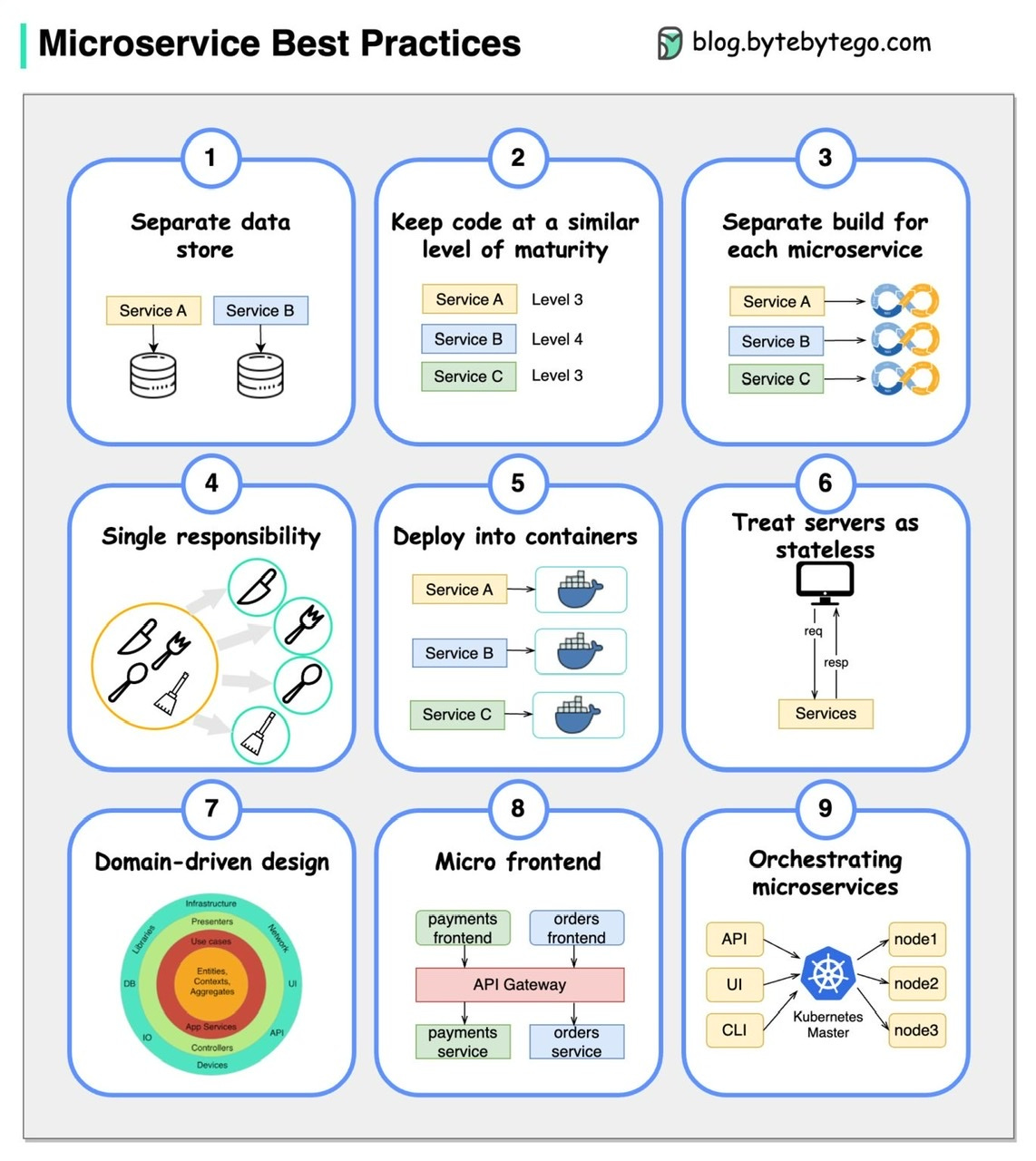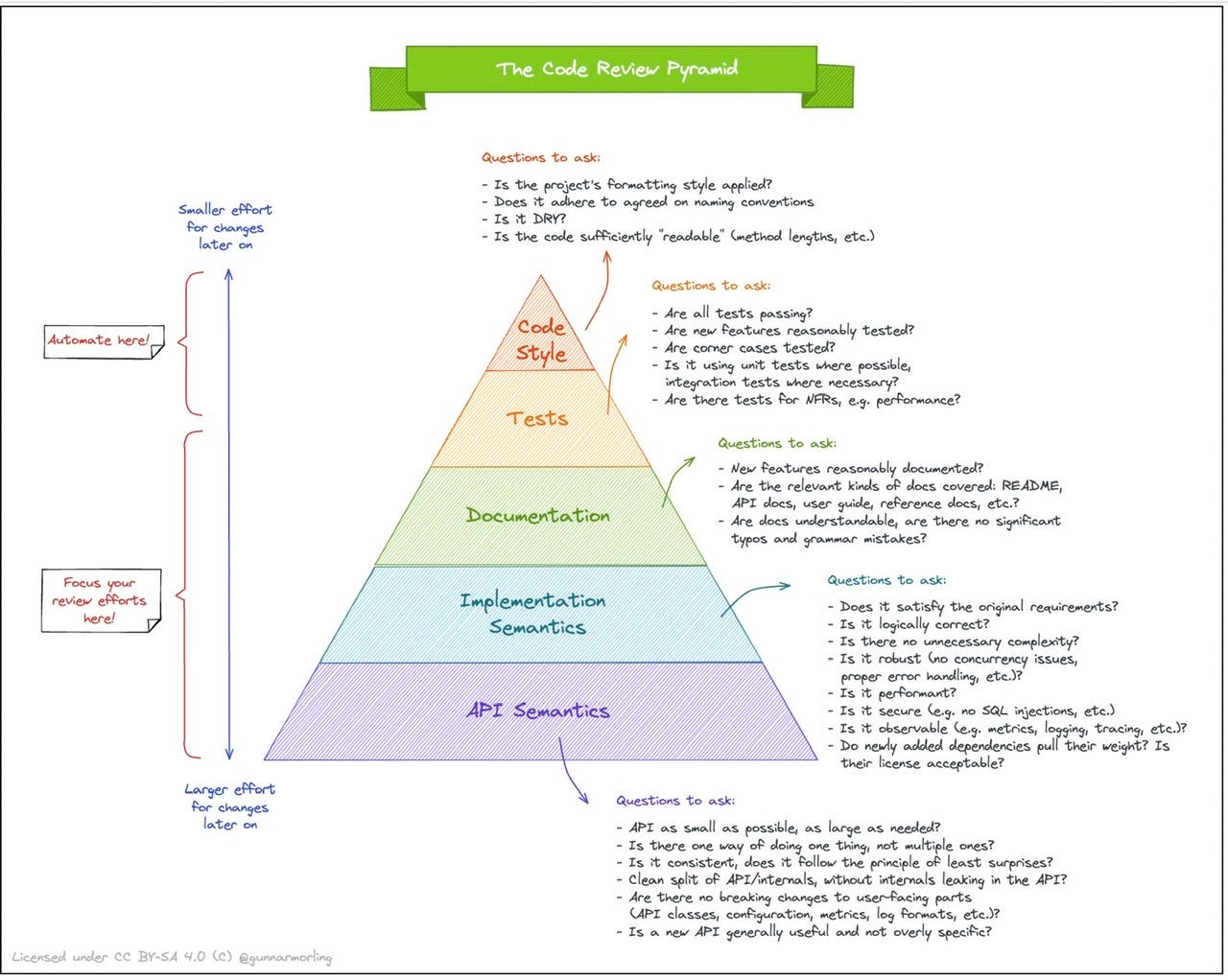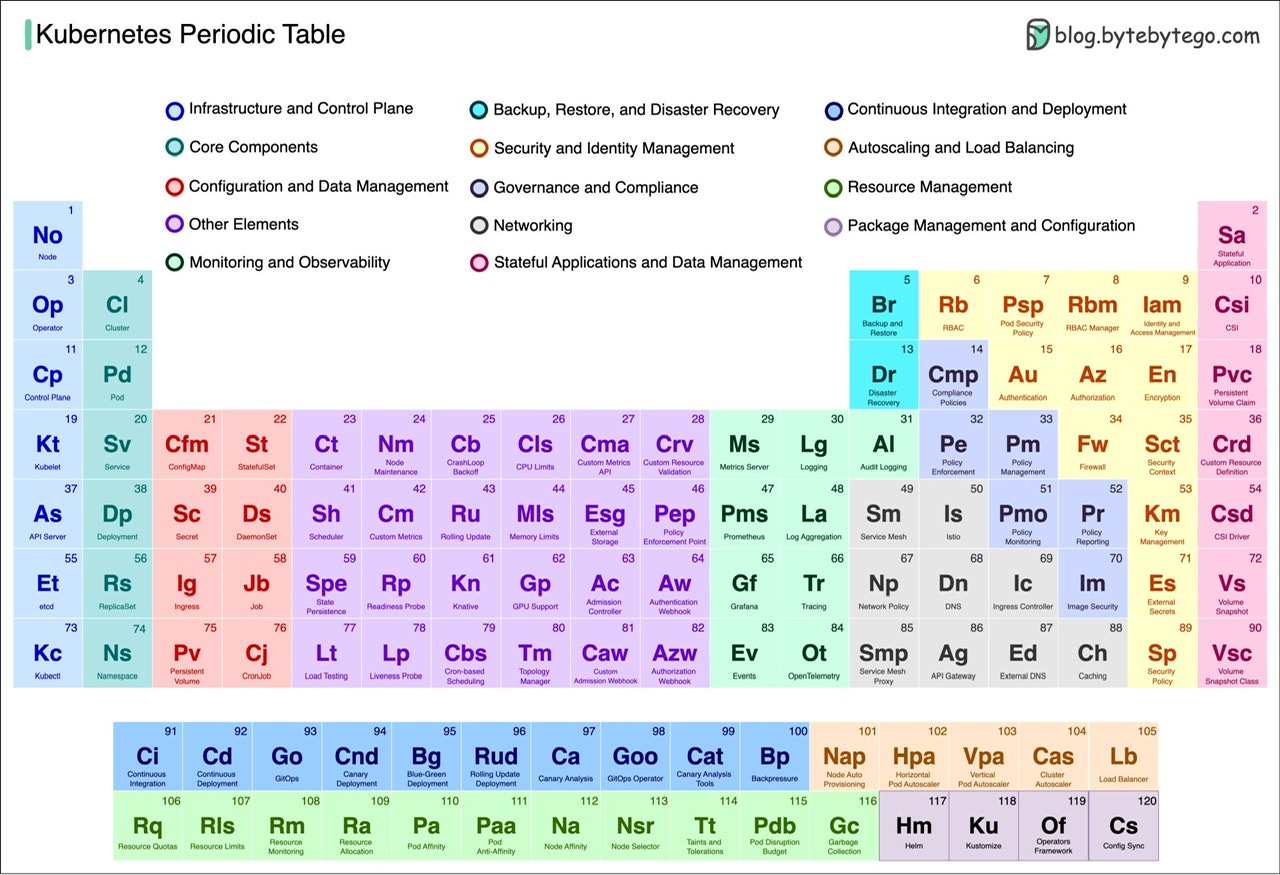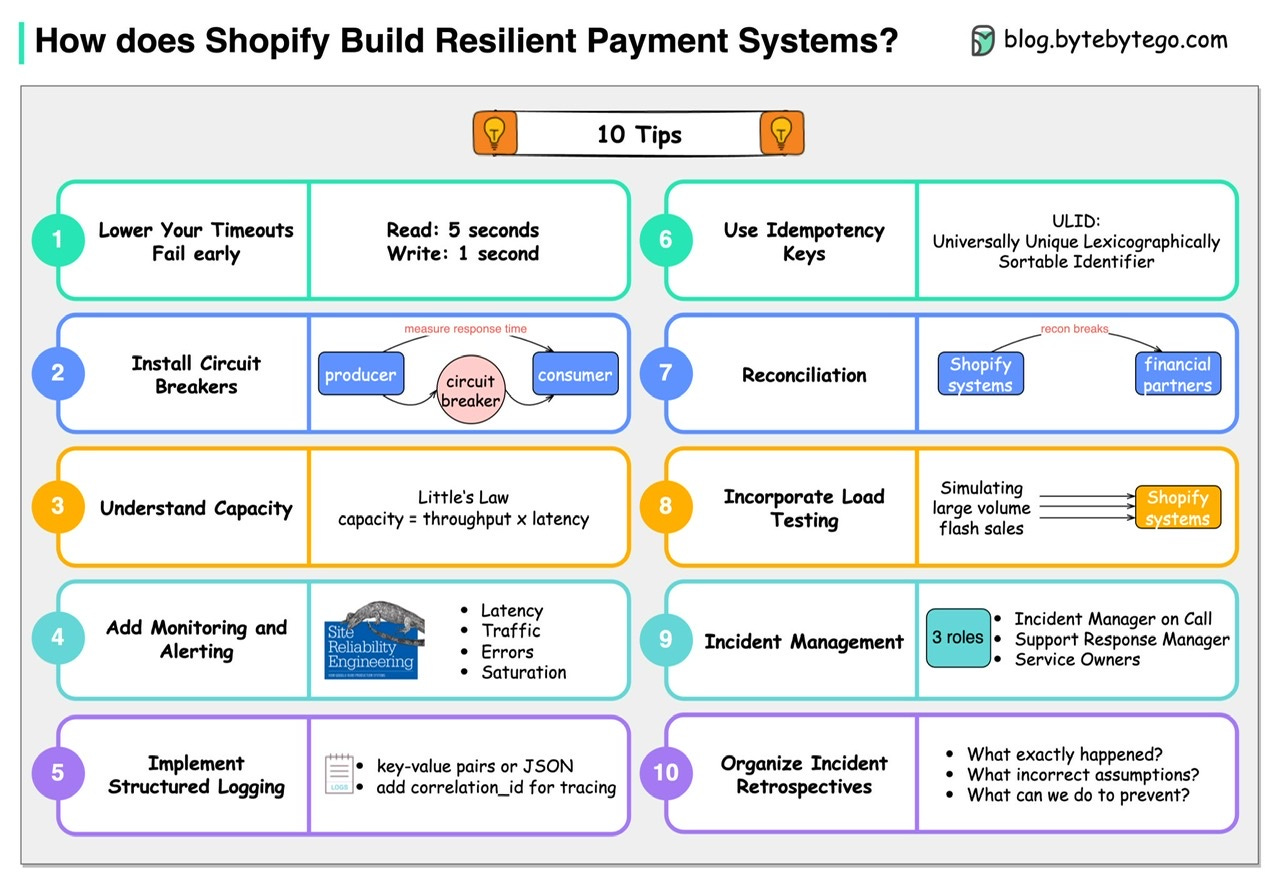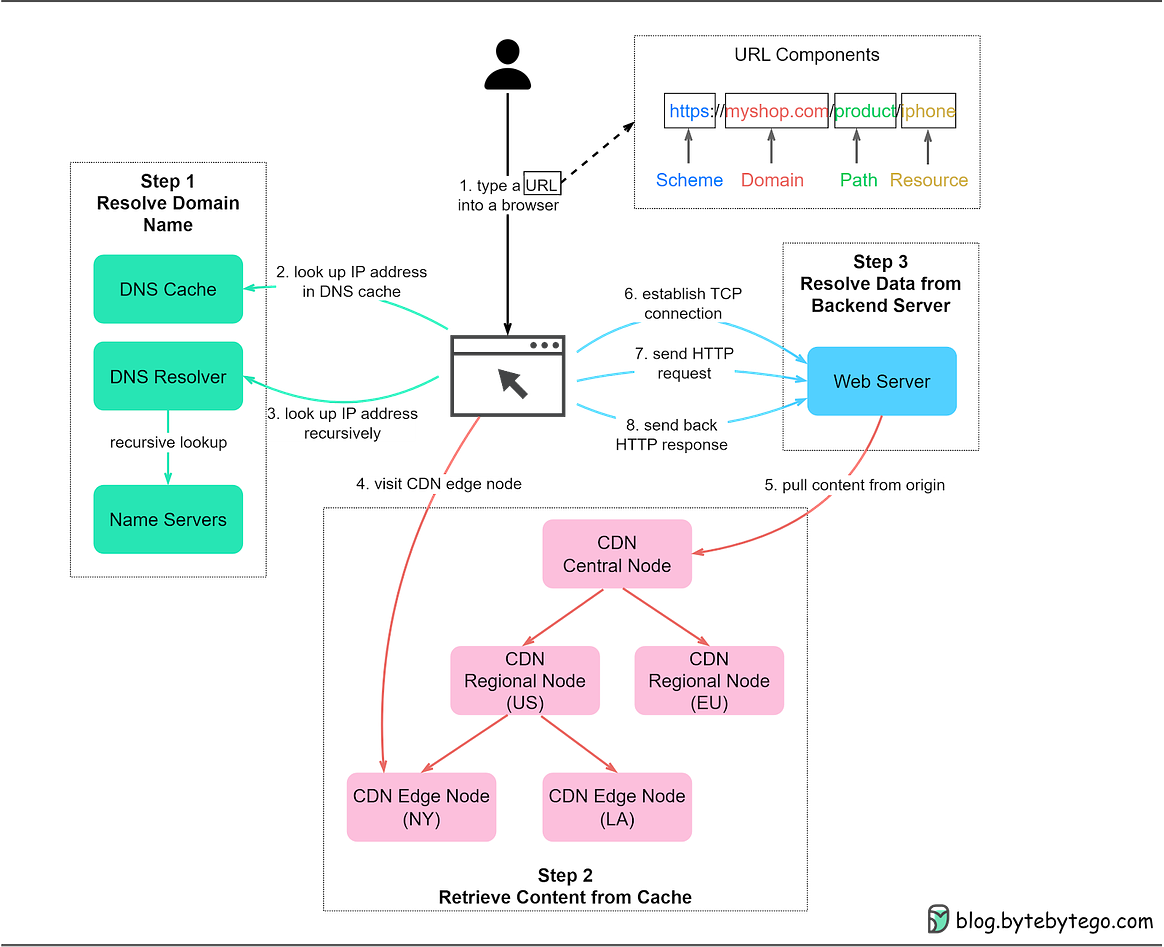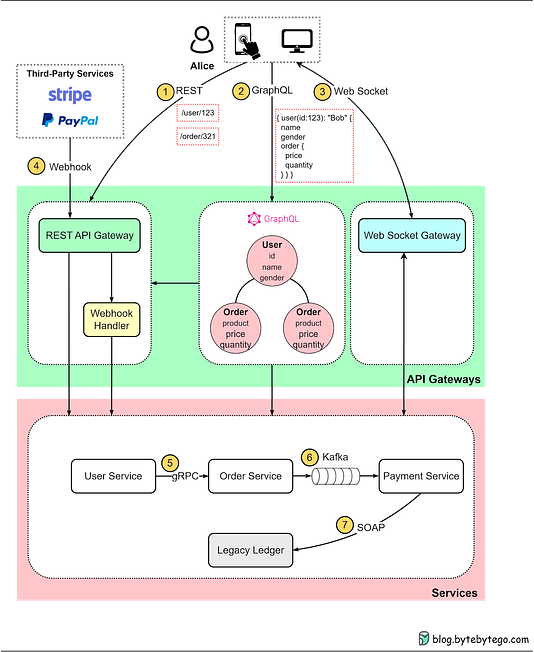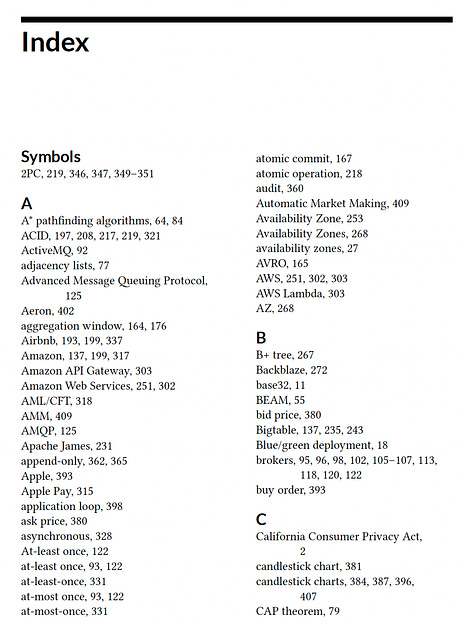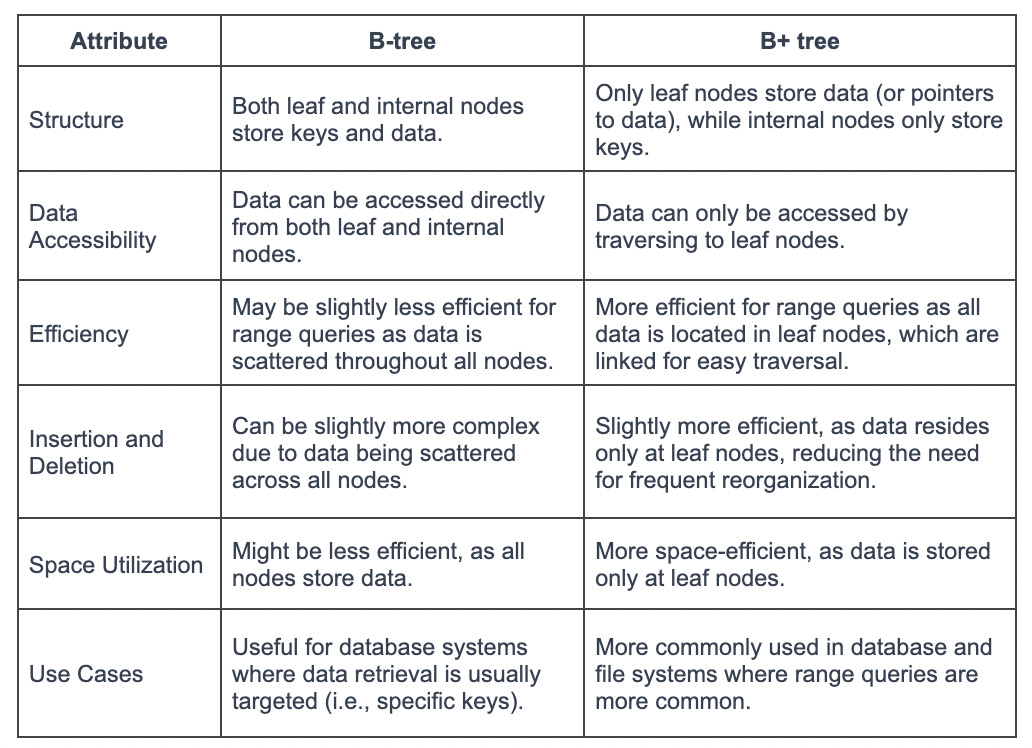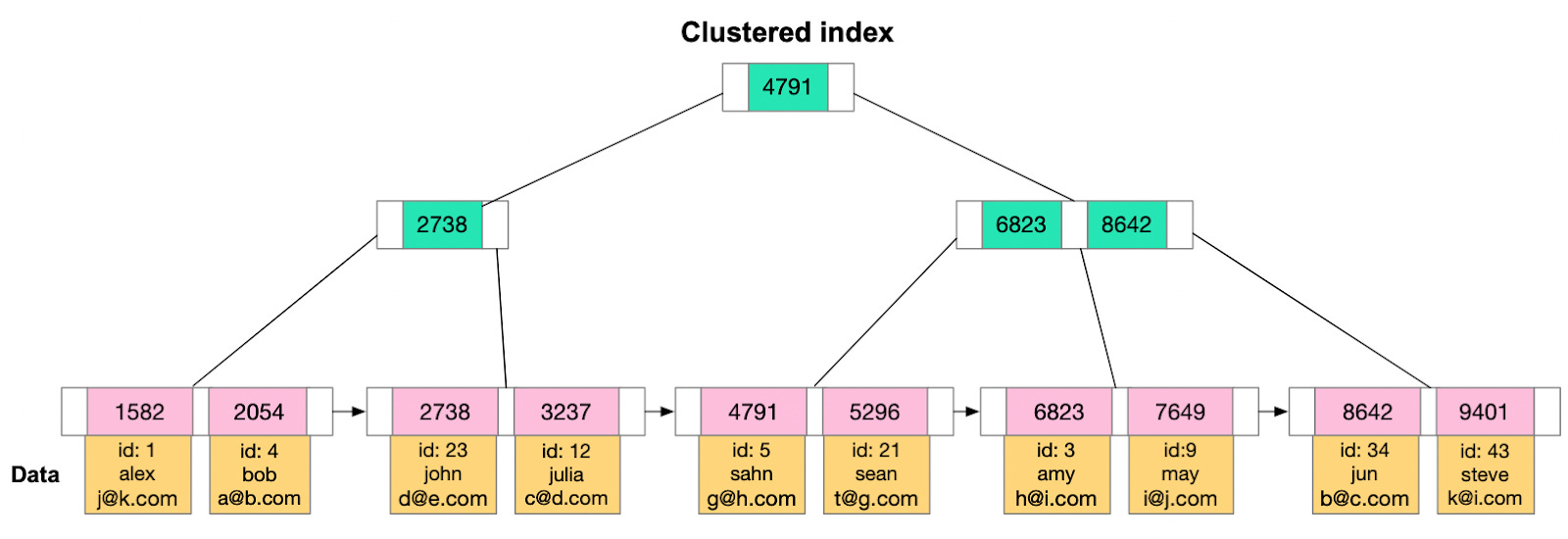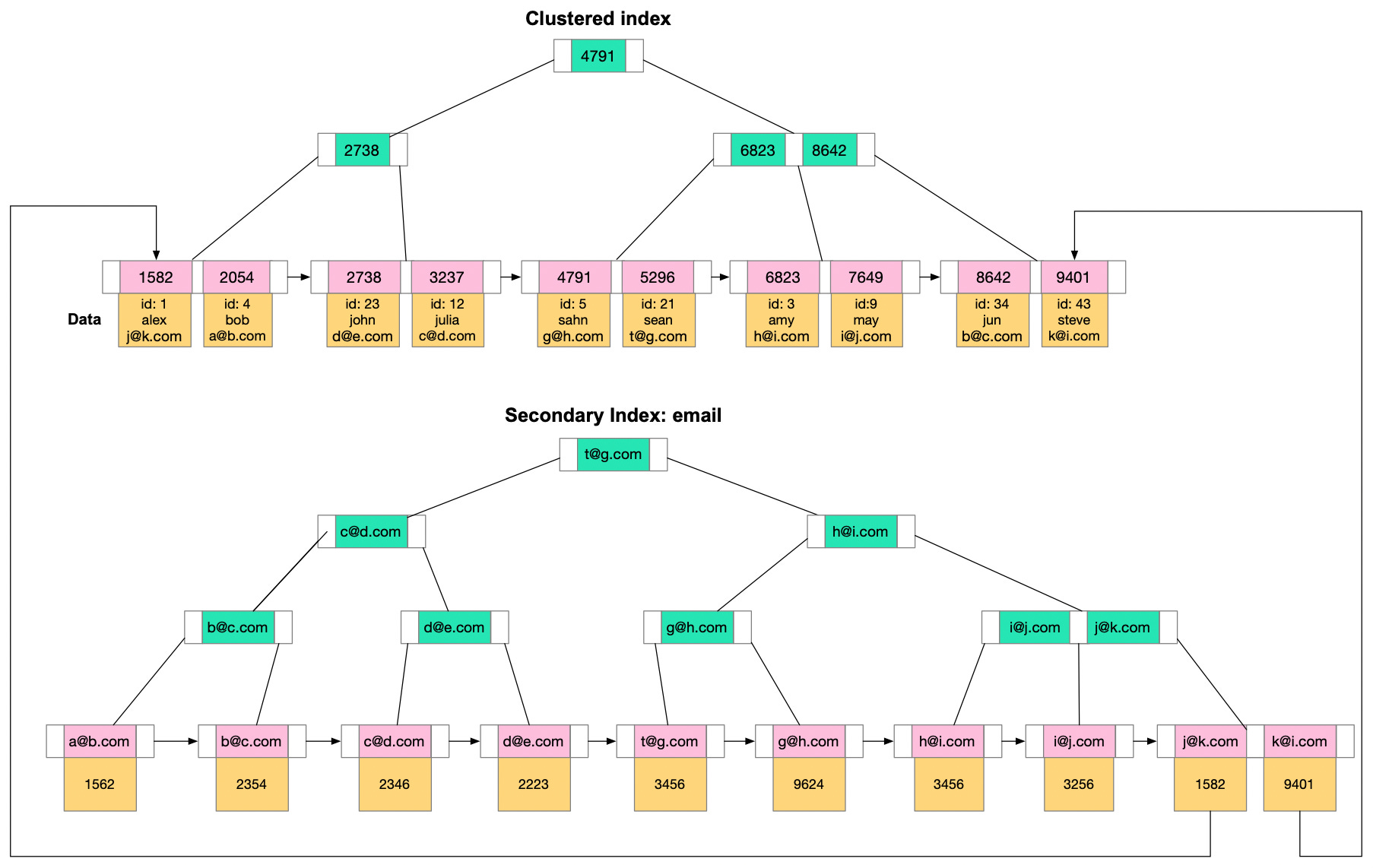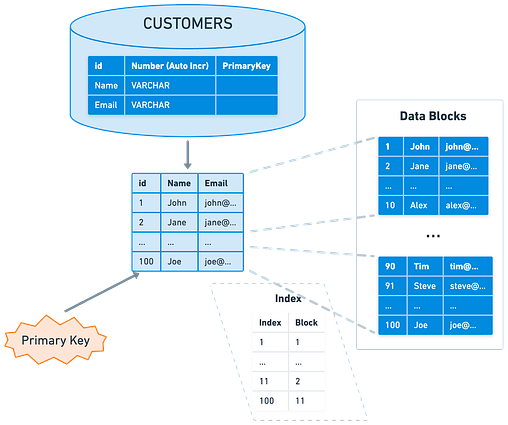Archives
- By thread 5340
-
By date
- June 2021 10
- July 2021 6
- August 2021 20
- September 2021 21
- October 2021 48
- November 2021 40
- December 2021 23
- January 2022 46
- February 2022 80
- March 2022 109
- April 2022 100
- May 2022 97
- June 2022 105
- July 2022 82
- August 2022 95
- September 2022 103
- October 2022 117
- November 2022 115
- December 2022 102
- January 2023 88
- February 2023 90
- March 2023 116
- April 2023 97
- May 2023 159
- June 2023 145
- July 2023 120
- August 2023 90
- September 2023 102
- October 2023 106
- November 2023 100
- December 2023 74
- January 2024 75
- February 2024 75
- March 2024 78
- April 2024 74
- May 2024 108
- June 2024 98
- July 2024 116
- August 2024 134
- September 2024 130
- October 2024 141
- November 2024 171
- December 2024 115
- January 2025 216
- February 2025 140
- March 2025 220
- April 2025 233
- May 2025 239
- June 2025 303
- July 2025 152
-
Restock products with enterprise-level efficiency
Restock products with enterprise-level efficiency
The best of our Marketplace chosen by our staff 
Staff Picks
The best of the WooCommerce.com Marketplace, chosen by our staff.
Blissful
For an online gift store, presentation is everything. Give your store a gentle, minimalist look that makes customers feel welcome as they shop for their special someone.
And with pre-built block patterns, you can customize your dream store in a snap.
Create eye candy 





Inventory Management for WooCommerce
Looking for a reliable way to predict customer demand?
Optimize your inventory with enterprise-level forecasting algorithms that help you boost profitability and avoid lost sales — and get real-time recommendations for restocking.
Improve my inventory Pinterest for WooCommerce
Give shoppers their next great idea on Pinterest.
Connect your store to quickly turn your product catalog into browsable, shoppable Pins — and get in front of millions of highly engaged shoppers who are ready to buy.
Inspire shoppers on Pinterest 



WooCommerce Tax


Calculate tax automatically 
Advanced Shipment Tracking Pro


Quickly add tracking 
Email Reminders for WooCommerce Subscriptions


Keep subscribers informed Looking for a pro to build your dream store?
Get help from a WooExpert.This email was sent to info@learn.odoo.com. You're receiving it because you opted in when creating an account or purchasing a product subscription on WooCommerce.com
No longer wish to hear from us? Unsubscribe from marketing emails or all email communication. You may still receive transactional and/or account-related emails from WooCommerce.com.
View an online version of this email.
WooCommerce, Inc. is located at 60 29th St #343,
San Francisco, CA 94110, U.S.A.




by "Brent at Woo" <support+marketing@woocommerce.com> - 09:32 - 12 Jul 2023 -
Uffizio: Thank You for Downloading Our Trailer Tracking Ebook!
Dear MD Abul Khayer,We wanted to extend our sincere thanks for downloading our Trailer Tracking Ebook and expressing interest in Trakzee. We truly appreciate your time and attention.As promised, we would like to introduce you to the Trailers module, a dedicated feature designed to enhance the management and monitoring of trailers within our system. With this module, you can efficiently allocate, track, and maintain your trailers, thereby streamlining your fleet management operations.The Trailers module offers several key features that will empower you to optimize your trailer management processes:1. Bulk Upload: Quickly import your trailer data in a single action, saving you valuable time and effort.2. Export Options: Generate customized reports and export data to meet your specific requirements.3. Trailer Grouping: Organize and categorize your trailers based on various criteria, providing improved visibility and control.4. Real-Time Monitoring: Utilize the Live Tracking section to monitor your trailers' movements in real time, enabling you to make informed decisions promptly.To stay up to date with the latest enhancements and additions to Trakzee, we invite you to explore our "What's New" for the month of June. This resource will provide you with valuable insights into the continuous improvements we are making. You can access it through the following link: https://www.uffizio.com/whats-new/whats-new-for-the-month-of-june23/We firmly believe that the Trailers module will revolutionize the way you manage your trailers, allowing you to maximize their utilization and minimize downtime. Should you require a personalized demo or have any questions regarding the module, please do not hesitate to reach out. Our dedicated team is here to assist you every step of the way.Best regards,Rakhi Jaiswal Inside Sales
+917283855155www.uffizio.com 


by "Rakhi Jaiswal" <rakhi.jaiswal@uffizio.com> - 04:20 - 12 Jul 2023 -
Middle managers are vital to organizational health and performance. How can you best support them?
On Point
Why strong management pays off—literally
by "McKinsey On Point" <publishing@email.mckinsey.com> - 12:49 - 12 Jul 2023 -
API Trends, Insights, Webinars, and More!
SmartBear
See our latest product updates and learn about what’s coming nextHi Abul,
We're back with our monthly API newsletter. Let's dive into this month's API trends, insights, webinars, and more!
 Hot Off the PressYour Guide to API Documentation and Exploration
Hot Off the PressYour Guide to API Documentation and Exploration
Join us to learn how documentation and exploration work together to drive API innovation and discoverability. We'll also give you a sneak peek at what we're working on at SmartBear to help you succeed in these areas. API Innovative Insights
API Innovative Insights Become an expert on the latest updates and trends
Become an expert on the latest updates and trends
 Want to Learn More?
Want to Learn More?
Check out what else has been happening at SmartBear
BLOGTransaction History is Now Available in SwaggerHub ExploreIn our recent blog, we walk you through why it’s important to understand EDA’s using SwaggerHub Explore WEBINARIncorporate Contract Testing into Your Test Automation FrameworkJoin us and learn about the importance of contract testing and how it complements your existing functional API testing
WEBINARIncorporate Contract Testing into Your Test Automation FrameworkJoin us and learn about the importance of contract testing and how it complements your existing functional API testing WEBINARSwaggerHub's Newest Innovation: SwaggerHub PortalJoin us to hear about the newest addition to SwaggerHub’s toolkit to create consumer-facing documentation
WEBINARSwaggerHub's Newest Innovation: SwaggerHub PortalJoin us to hear about the newest addition to SwaggerHub’s toolkit to create consumer-facing documentation BLOGSwagger Launches Support for OpenAPI 3.1Swagger now supports editing and rendering support for OpenAPI 3.1. Read this blog to find out what this means for your API design workflow.
BLOGSwagger Launches Support for OpenAPI 3.1Swagger now supports editing and rendering support for OpenAPI 3.1. Read this blog to find out what this means for your API design workflow.
 Release Notes
Release Notes
 Check out what's new in each of our API solutions: features, bug fixes, and more
Check out what's new in each of our API solutions: features, bug fixes, and more

Best,
SmartBear API Team
P.S. If you found this email helpful, forward it to a friend! If you have ideas of how we can improve next month’s newsletter, reply back to let us know.Ready to try our newest API client? Sign up for the Free Tool Now! This email was sent to info@learn.odoo.com by SmartBear Software, 450 Artisan Way, Somerville, MA. 02145, 617684.2600, www.smartbear.com. We hope you found this email of interest. However, we value your privacy. If you do not wish to receive future correspondence from us, please click here to manage email preferences.
This email was sent to info@learn.odoo.com by SmartBear Software, 450 Artisan Way, Somerville, MA. 02145, 617684.2600, www.smartbear.com. We hope you found this email of interest. However, we value your privacy. If you do not wish to receive future correspondence from us, please click here to manage email preferences.
by "SmartBear API Team" <api-lifecycle-team@smartbearmail.com> - 11:45 - 11 Jul 2023 -
Streamline Operations and Maximize Efficiency with Efficient Trailer Tracking Software
Streamline Operations and Maximize Efficiency with Efficient Trailer Tracking Software
Unlock trailer efficiency and security with trailer tracking - know where your Assets are, anytime, anywhere!
Unlock trailer efficiency and security with trailer tracking - know where your Assets are, anytime, anywhere!
Find Out What Makes Our Software Stand Out from the Crowd
Trailer Management
- Trailer Allocation
- Trailer Grouping
Strategically assign trailers based on availability, capacity, and operational requirements to optimize resource utilization.
Categorize trailers based on criteria such as cargo type, size, or region to improve operational efficiency.
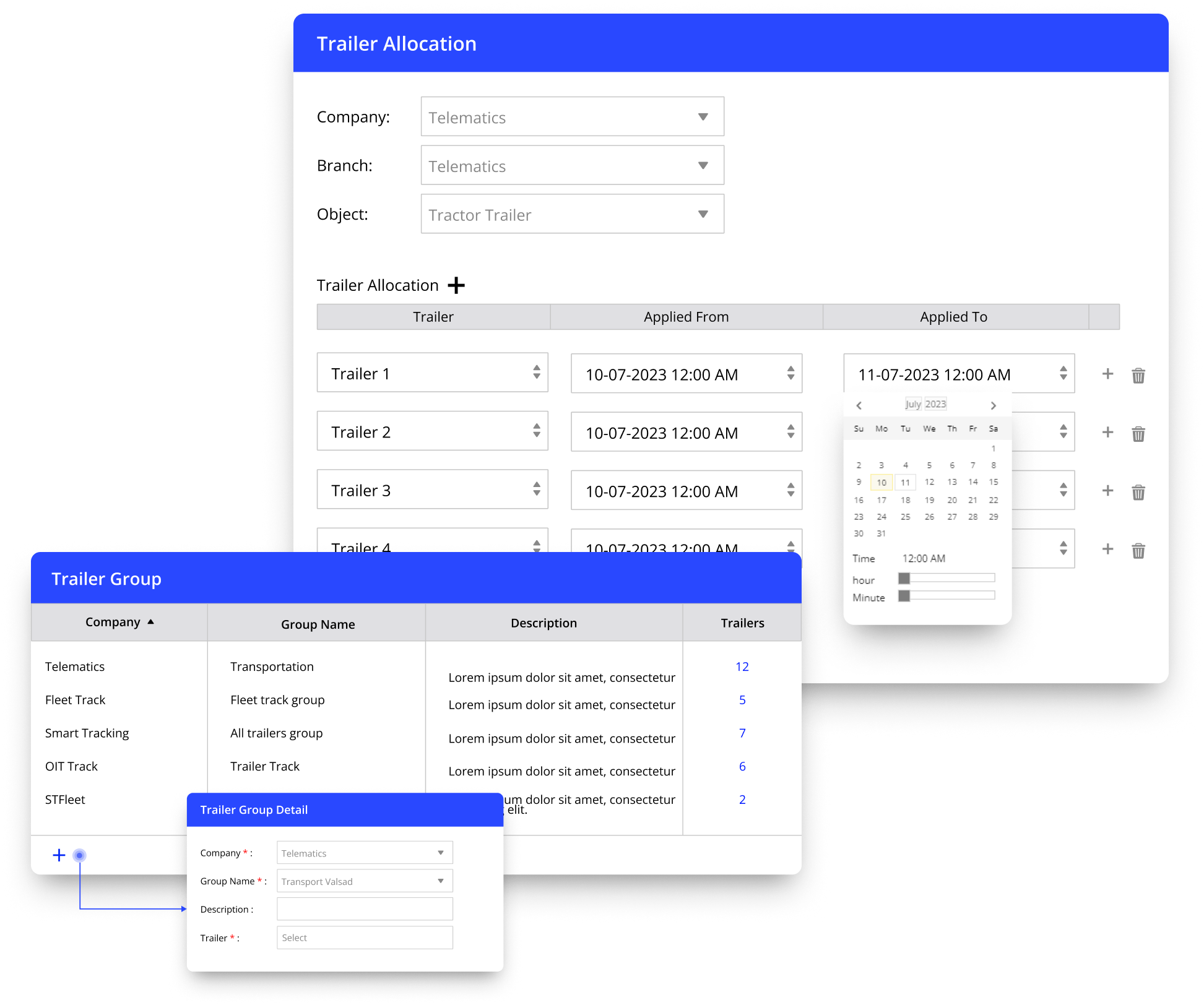
Realtime Trailer Tracking
Utilize advanced technologies like GPS, RFID, Becon, or iButton to map trailer movements. Acquire instant visibility into the exact location of trailers, whether they are situated locally or across multiple geographic regions.
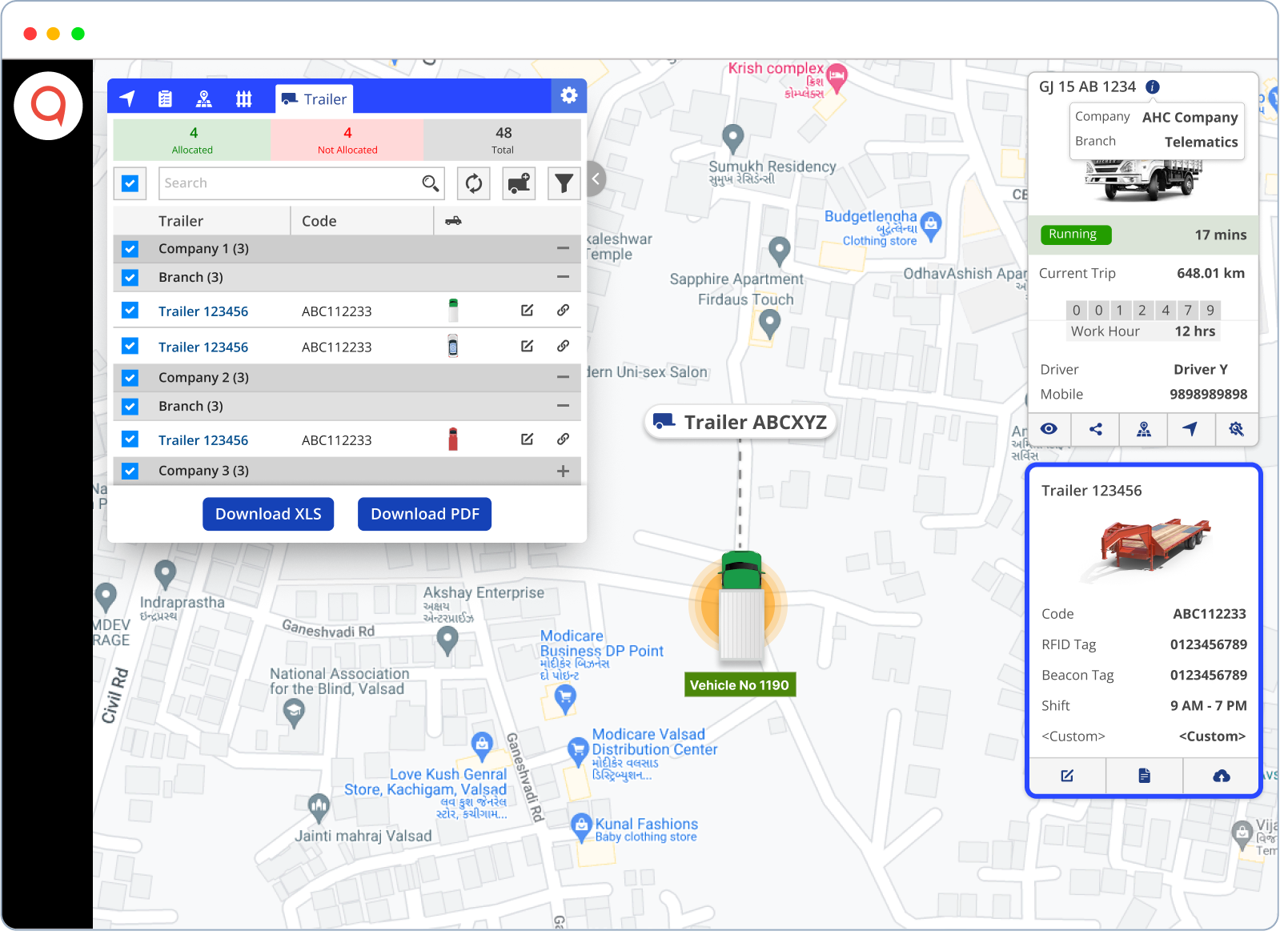
Alerts and Reports
Instant notifications are generated for battery health, trailer connection or disconnection etc. With insightful reports understand trailer utilization patterns, identify bottlenecks in operations, and optimize processes.
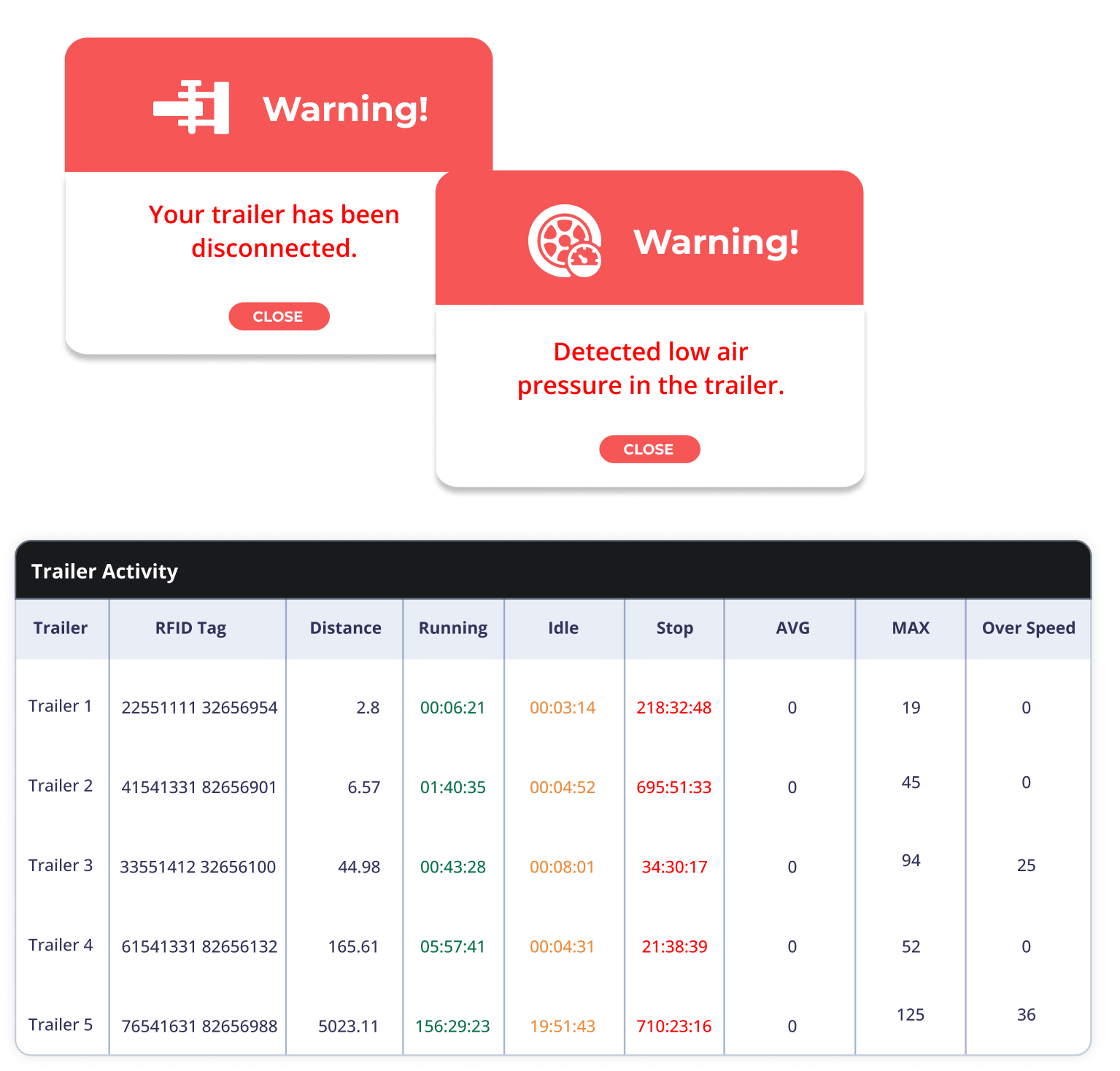
Empower your clients with load monitoring and help them optimize load distribution

Uffizio Technologies Pvt. Ltd., 4th Floor, Metropolis, Opp. S.T Workshop, Valsad, Gujarat, 396001, India
by "Sunny Thakur" <sunny.thakur@uffizio.com> - 12:30 - 11 Jul 2023 -
Increasingly, what’s good for the African economy is good for the rest of the world
On Point
Opportunities for growth in Africa Brought to you by Liz Hilton Segel, chief client officer and managing partner, global industry practices, & Homayoun Hatami, managing partner, global client capabilities
• Growing and resilient. Despite shocks such as the COVID-19 pandemic, surging food prices, and higher borrowing costs, many African economies remain resilient. According to an index of the 100 businesses in the continent that are growing the fastest, companies in a wide range of sectors, including in commodities, fintech, healthcare, and renewable energy, expanded their businesses at a time of global lockdowns. Entrepreneurship is also alive and well. In 2021, tech start-ups garnered $5.2 billion, triple the amount they raised in 2020. [FT]
• Still growing. As home to the world’s youngest and fastest-growing population, Africa presents many opportunities for strong, inclusive growth. This may enable Africa to improve its productivity and reverse the economic deceleration it faced from 2010 to 2019, according to McKinsey senior partner Acha Leke and colleagues. Today, 60% of Africa’s population lives in poverty, yet half of its people live in countries that have thrived on the continent, and new McKinsey research finds that Africa is still growing and developing.
• Shift to services. The African economy has shifted profoundly over the past 20 years, as people left work in the fields to take jobs in trade and other services in cities. Employment in services increased from 30% to 39% over that period, although half the workforce remained in agriculture. The services sector makes up a large part of the continent’s economic output, contributing 56% in 2019. See more ways that the African economy is changing, and what role large private-sector firms can play in rekindling economic progress there.
—Edited by Belinda Yu, editor, Atlanta
This email contains information about McKinsey's research, insights, services, or events. By opening our emails or clicking on links, you agree to our use of cookies and web tracking technology. For more information on how we use and protect your information, please review our privacy policy.
You received this email because you subscribed to the On Point newsletter.
Copyright © 2023 | McKinsey & Company, 3 World Trade Center, 175 Greenwich Street, New York, NY 10007
by "McKinsey On Point" <publishing@email.mckinsey.com> - 10:10 - 10 Jul 2023 -
แก้ปัญหากวนใจเกี่ยวกับการใช้งานระบบไฟฟ้า! รับแพ็คเกจ Free Services Consulting
Schneider Electric
แก้ปัญหากวนใจเกี่ยวกับระบบไฟฟ้าจากประสบการณ์ที่ผ่านมา เราเข้าใจถึงปัญหาเกี่ยวกับระบบไฟฟ้าที่ล้วนสร้างปัญหาและความเสียหายในการใช้ดำเนินการต่างๆ ในแง่ธุรกิจและความปลอดภัยมากมาย
เพิ่มความมั่นใจและประสิทธิภาพการดูแลบำรุงรักษาระบบไฟฟ้า ชไนเดอร์ อิเลิคทริคขอเชิญท่านร่วมสนุก ตอบคำถามครบทั้ง 5 ข้อ ด้านล่างนี้ ลุ้นเป็นผู้โชคดี 10 ท่าน ได้รับแพ็คเกจ Free Services Consulting จากทีมงานผู้เชี่ยวชาญ มูลค่า 10,000 บาท ฟรี!
ร่วมสนุกง่ายๆ เพียงคลิกตอบ "ใช่" หรือ "ไม่ใช่" จากคำถามทั้ง 5 ข้อนี้ ระบบจะทำการบันทึกคำตอบของท่านโดยอัตโนมัติ ตอบครบ 5 ข้อ รอประกาศรายชื่อผู้โชคดีได้เลย
เงื่อนไขกิจกรรม
- ร่วมสนุกตอบคำถามให้ครบทั้ง 5 ข้อลุ้นเป็นผู้โชคดี 10 ท่าน รับรางวัลฯ
- ผู้โชคดี 10 ท่าน รับรางวัลเเพ็คเกจ Free Services Consulting การให้คำปรึกษาเกี่ยวกับการบำรุงรักษาระบบไฟฟ้าฟรี โดยผู้เชี่ยวชาญ ชไนเดอร์ อิเล็คทริค
- ระยะเวลาการเข้าร่วมกิจกรรม ตั้งแต่วันนี้ - 20 ก.ค. 2566
- ประกาศรางวัลผ่านทางอีเมล reply@se.com จากชไนเดอร์ อิเล็คทริค ภายในวันที่ 1 ส.ค. 2566
- การตัดสินจากคณะกรรมการถือเป็นที่สิ้นสุด
- บริษัทฯ ขอสงวนสิทธิ์ในการเปลี่ยนแปลงเงื่อนไขฯ โดยไม่ต้องแจ้งให้ทราบล่วงหน้า
Digital Services
บริการเชิงรุก วิเคราะห์ คาดการณ์ ลดดาวน์ไทม์EcoConsultบริการให้คำปรึกษาสำหรับระบบไฟฟ้าและระบบอัตโนมัติ ตรวจสอบ ประเมินผล จับคู่สินทรัพย์ทางไฟฟ้าและระบบอัตโนมัติ เพิ่มประสิทธิภาพและทำให้สินทรัพย์ ตลอดจนระบบของคุณเป็นดิจิทัล
Electrical Digital Twin Serviceสร้าง Single line diagram ด้วยซอฟต์แวร์ชั้นนํา ETAP รับคำปรึกษาจากผู้เชี่ยวชาญของเรา เช่น การคํานวณภาวะลัดวงจร, การวิเคราะห์พลังงานที่เกิดขึ้นจาก Arc-flash, เพิ่มประสิทธิภาพให้กับระบบไฟฟ้า (Power quality and Harmonic)Ecostruxure Transformer Expertยืดอายุการใช้งานหม้อแปลงไฟฟ้า ด้วยการบริหารความเสี่ยงที่ดียิ่งขึ้น เพิ่มประสิทธิภาพการใช้งานหม้อแปลง การบำรุงรักษา และการวางแผนเปลี่ยนอุปกรณ์ให้ดียิ่งขึ้นEcoStruxure Service Planประหยัดเวลาและงบประมาณในการดำเนินงาน พร้อมช่วยให้ธุรกิจมีความต่อเนื่อง ด้วยการบำรุงรักษาที่ถูกต้องในเวลาที่เหมาะสม*หากท่านมีความสนใจข้อมูลเพิ่มเติมและต้องการรับคำแนะนำจากผู้เชี่ยวชาญ ชไนเดอร์ อิเล็คทริค โปรดติดต่อผ่านอีเมล Marcom.thailand@se.com+ Lifecycle Services From energy and sustainability consulting to optimizing the life cycle of your assets, we have services to meet your business needs. Schneider Electric
46 Rungrojthanakul Building. 1st, 10th, 11th Floor, Ratchadapisek Road. Huaykwang
Bangkok - 10310, Thailand
Phone +662 617 5555© 2023 Schneider Electric. All Rights Reserved. Schneider Electric is a trademark and the property of Schneider Electric SE, its subsidiaries and affiliated companies. All other trademarks are the property of their respective owners.
by "Schneider Electric" <reply@se.com> - 09:01 - 10 Jul 2023 -
Urgent
Dear info@learn.odoo.comI have sent you this email from Goma, Democratic Republic of Congo.
I am writing to inquire if you or your company can supply food (rice,beans) to this region.
We shall pay upfront, before your supply.
Regards,David Moussavou
david_moussavou@yahoo.comGoma Democratic Republic of Congo
by "David moussavou" <support@hostgai.com> - 07:14 - 10 Jul 2023 -
Order
Dear Sir/Ma,
I am sending this email on behalf of the Sudanese Revolutionary Front (SRF),
I am inquiring if your company can supply Toyota Hilux Vehicles to our revolutionary movement in sudan.We shall make upfront payment before the supply.
You don’t have to send shipment directly to Sudan. The shipment could be sent to Port Massawa Eritrea, and we shall handle the rest ourselves to Sudan.
Let me hear from you.
Regards,
Col. Wahid Yusuf.
Email: colyusufwahid@yandex.
com Sudanese Revolutionary Front (SRF)
by "Yusuf wahid" <colyusufwahid@getnada.com> - 05:10 - 10 Jul 2023 -
Explore Spain's thriving tech scene for your next recruitment round… 🇪🇸
Explore Spain's thriving tech scene for your next recruitment round… 🇪🇸
Have you been wondering where to look next for the best talent? Here's why Spain might be your next hub! 🍵Hi MD,
As a global hiring manager, you're always scouting for the most cost-effective and talent-rich markets… 💡 And Spain 🇪🇸 could be your next recruitment hotspot!
Spain's vibrant tech scene is gaining international attention, and for very good reasons:
- 🎯 Cost-effective market: Spain boasts software salaries that are approximately 60% lower than those in the U.S., and 23% lower than in the UK and Germany.
- 💰 Competitive salaries: The average base salary for a senior backend engineer stands at a competitive $84,000 USD.
- 🌍 New visa opportunities: Spain's newly introduced digital nomad visa is a significant draw for top talent.
- 🏞️ Popular expat locations: Madrid and Catalonia are the go-to spots for U.S. expats, while those from the UK are captivated by the sunny allure of Andalusia.
- 🍻 Rich cultural experiences: In Spain, fostering personal connections is key to business success. Don't be surprised if your next deal is sealed over a plate of delicious tapas and a refreshing cerveza!
Could Spain be your next talent hub? 🚀 Learn more about hiring considerations in Spain.
Remote makes employment globally easy.
With our localized contracts, easy invoice management, and best-in-class compliance, you can grow your global team with confidence.




You received this email because you are subscribed to News & Offers from Remote Technology, Inc.
Update your email preferences to choose the types of emails you receive.
Unsubscribe from all future emailsRemote Technology, Inc.
Copyright © 2023 Remote Technology, Inc. All rights reserved.
18 Bartol St. #1163 San Francisco California
by "Remote" <hello@remote-comms.com> - 08:02 - 10 Jul 2023 -
ถึงเวลาดูแล Micrologic ที่ใช้มาอย่างยาวนาน! | ชไนเดอร์ อิเล็คทริค
Schneider Electric
บริการเชิงรุก Digital Servicesถึงเวลาดูแล Micrologic
ที่ผ่านการใช้งานมายาวนาน!Micrologic ส่วนประกอบสำคัญของ Air Circuit Breaker รุ่น Masterpact NW/NT ที่จะมอนิเตอร์และสั่งการเบรกเกอร์ให้ดูแล ป้องกันระบบไฟฟ้าของท่าน ส่วนประกอบหลัก Micrologic คือ ชิ้นส่วน electronic จากใช้งานกว่า10 ปีนั้น จะมีการเสื่อมสภาพการใช้งาน ตามสภาพแวดล้อมหรือขาดการดูแลบำรุงรักษา อาจส่งผลกระทบต่อการทำงานของเบรกเกอร์
ชไนเดอร์ อิเล็คทริค ขอนำเสนอชิ้นส่วนสำรองสาหรับเบรกเกอร์ Micrologic มาเพื่อพิจารณาดังนี้
- Micrologic ในส่วนที่เป็น Feeder: ชิ้นส่วนสำรอง Micrologic 2.0E
- Micrologic ในส่วนที่เป็น Main หรือ Feeder: ชิ้นส่วนสำรอง Micrologic 6.0E
ที่สุดแห่งงานบริการชไนเดอร์ อิเล็คทริค บริการเชิงรุก วิเคราะห์ คาดการณ์ ลดดาวน์ไทม์ กับ Digital Services+ Lifecycle Services From energy and sustainability consulting to optimizing the life cycle of your assets, we have services to meet your business needs. Schneider Electric
46 Rungrojthanakul Building. 1st, 10th, 11th Floor, Ratchadapisek Road. Huaykwang
Bangkok - 10310, Thailand
Phone +662 617 5555© 2023 Schneider Electric. All Rights Reserved. Schneider Electric is a trademark and the property of Schneider Electric SE, its subsidiaries and affiliated companies. All other trademarks are the property of their respective owners.
by "Schneider Electric" <reply@se.com> - 04:01 - 10 Jul 2023 -
What makes a CEO exceptional: A leader’s guide
Peak performance Brought to you by Liz Hilton Segel, chief client officer and managing partner, global industry practices, & Homayoun Hatami, managing partner, global client capabilities
The more outstanding its leader, the better an organization performs. There’s even a name for this outcome: CEO alpha. Coined by McKinsey, the term “refers to when a company outperforms because its CEO is also outperforming,” says McKinsey senior partner Sacha Ghai. While the concept of CEO alpha applies particularly to the financial sector, it can occur in any industry—a CEO who can create alpha needs to have certain distinctive capabilities, including being able to conduct strategic planning in a short time frame, working effectively with boards, allocating resources dynamically, and creating value with new technologies. And “having a CEO who is a fabulous talent developer and recruiter, who can pitch a terrific story and who surrounds him- or herself with outstanding talent, makes all the difference in the world,” says Ghai.
That’s how much more likely exceptional CEOs are than others to conduct a strategic review in the first two years of their tenure, according to research led by McKinsey’s Michael Birshan, Thomas Meakin, and Kurt Strovink. By making such bold moves early on, exceptional CEOs build strategic momentum. They are less likely than average CEOs to undertake organizational redesign or management-team reshuffles in their first two years on the job. “There are only so many initiatives and changes that organizations and people can absorb in a short space of time,” the McKinsey experts say. “Investing in a robust strategic review will provide a surer perspective for setting a strategic direction. A grounding in the organization’s context, meanwhile, will help calibrate the speed and scope of change.”
That’s McKinsey senior partner Liz Hilton Segel in a podcast on CEO priorities for 2023. “This is a time for courage—for asking yourself what you feel inspired to change now,” she says. Whether it’s an M&A strategy or investing in new capabilities, leaders may just want to forge ahead bravely, suggests Segel, as courage itself can be a competitive advantage in turbulent times. She notes that bold actions can “set the tone of an aspirational mindset and culture—to not accept the deck you’re handed as a given, but rather to say, ‘How am I going to make a play out of this?’” It’s also essential for CEOs to “dream big,” says McKinsey senior partner Homayoun Hatami. “There are lots of opportunities out there for new-business building.”
For Vipul Chawla, group CEO of Singapore’s FairPrice supermarket chain, excelling in his role is about being hands-on—including picking, packing, and fulfilling orders in his first few months on the job. “I said to myself that unless I invested at least 100 hours doing something, I didn’t have the license to even have a conversation with my team, let alone make decisions,” he says in a discussion with McKinsey senior partner Rohit Razdan. His stint as a cashier, for example, enabled Chawla to see that customer transactions at checkout were needlessly complicated and could be simplified: “It created an empathy for what our staff went through and what was possible.” This empathetic approach underlies the three pillars of Chawla’s leadership strategy: culture, purpose, and people. “Those are the three things I’m maniacally focused on,” he says.
You’re midway through your career, as a chief executive or other senior leader, and things are going well: you’re expanding your knowledge, refreshing your strategy, and positioning your organization for the future. But how long can you sustain this level of engagement and achievement? Certainly not forever. This is why good CEOs also know when it’s time to quit. Personal goals, poor fit, burnout, lack of new ideas, and shifting priorities are among the many reasons senior executives choose to step down. As business conditions change, leaders may need to hone their ability to spot when it’s time to leave—preferably before they are forced to do so.
Lead exceptionally well.
— Edited by Rama Ramaswami, senior editor, New York
Share these insights
Did you enjoy this newsletter? Forward it to colleagues and friends so they can subscribe too. Was this issue forwarded to you? Sign up for it and sample our 40+ other free email subscriptions here.
This email contains information about McKinsey’s research, insights, services, or events. By opening our emails or clicking on links, you agree to our use of cookies and web tracking technology. For more information on how we use and protect your information, please review our privacy policy.
You received this email because you subscribed to the Leading Off newsletter.
Copyright © 2023 | McKinsey & Company, 3 World Trade Center, 175 Greenwich Street, New York, NY 10007
by "McKinsey Leading Off" <publishing@email.mckinsey.com> - 01:10 - 10 Jul 2023 -
Rapid organizational change means CEOs need to step up with a strategic response
On Point
Handle upheaval with four superpowers Brought to you by Liz Hilton Segel, chief client officer and managing partner, global industry practices, & Homayoun Hatami, managing partner, global client capabilities
• Mind the skills gap. A rapidly evolving job market means that the global skills gap is growing. By 2027, the world’s labor markets will add roughly 70 million new jobs, but 83 million may be cut, according to the World Economic Forum. Its 2023 Future of Jobs report lists the top ten in-demand skills, a mix of “soft skills,” such as curiosity and lifelong learning, and “hard skills,” such as tech literacy. By recognizing the importance of a tech-literate workforce, employers could start reconsidering degree requirements and creating more flexible job paths. [Fortune]
• A need for speed. Organizational changes are afoot, touching everything from companies’ working models (in person versus remote) to productivity (balancing the power of generative AI with its inherent risks). Research by McKinsey senior partner Dana Maor and colleagues reveals that organizational structures often prevent leaders from responding to these shifts. By increasing speed—removing hierarchy to empower employee-led decision making—companies can be better prepared for the ongoing rapid pace of change. Forming smaller, cross-functional teams is one way to move at pace.
• Leadership redefined. Change without strong leadership can be disorienting for employees. Having the right talent in the right place and creating a culture of learning and flexibility can help companies succeed even during uncertain times. A top-down approach to understanding what people care about, from coaching opportunities to recognition for a job well done, means making leadership authentic and personal. Read our article to see four “superpowers” that can help CEOs appropriately respond to organizational changes.
— Edited by Gwyn Herbein, editor, Atlanta
This email contains information about McKinsey's research, insights, services, or events. By opening our emails or clicking on links, you agree to our use of cookies and web tracking technology. For more information on how we use and protect your information, please review our privacy policy.
You received this email because you subscribed to the On Point newsletter.
Copyright © 2023 | McKinsey & Company, 3 World Trade Center, 175 Greenwich Street, New York, NY 10007
by "McKinsey On Point" <publishing@email.mckinsey.com> - 12:12 - 10 Jul 2023 -
The week in charts
The Week in Charts
Short-haul flying, women leaders in the public sector, and more Share these insights
Did you enjoy this newsletter? Forward it to colleagues and friends so they can subscribe too. Was this issue forwarded to you? Sign up for it and sample our 40+ other free email subscriptions here.
This email contains information about McKinsey's research, insights, services, or events. By opening our emails or clicking on links, you agree to our use of cookies and web tracking technology. For more information on how we use and protect your information, please review our privacy policy.
You received this email because you subscribed to The Week in Charts newsletter.
Copyright © 2023 | McKinsey & Company, 3 World Trade Center, 175 Greenwich Street, New York, NY 10007
by "McKinsey Week in Charts" <publishing@email.mckinsey.com> - 03:46 - 8 Jul 2023 -
EP67: Top 9 Microservice Best Practices
EP67: Top 9 Microservice Best Practices
This week’s system design refresher: Evolution of the Netflix API Architecture (YouTube video) Microservice Best Practices Code Review Pyramid Kubernetes Periodic Table 10 Principles for Building Resilient Payment Systems by Shopify 👋 Goodbye low test coverage and slow QA cycles (Sponsored) Open in app or online This week’s system design refresher:
Evolution of the Netflix API Architecture (YouTube video)
Microservice Best Practices
Code Review Pyramid
Kubernetes Periodic Table
10 Principles for Building Resilient Payment Systems by Shopify
👋 Goodbye low test coverage and slow QA cycles (Sponsored)
Whether you need 200 test cases or 2000, QA Wolf will get your web app to 80% automated end-to-end test coverage in just 4 months. All they need is a product tour and access to an environment to get started.
QA Wolf will:
Build your tests in open-source Microsoft Playwright — you own the tests
Run your entire test suite in 3 minutes as many times as you want, on their parallel testing infrastructure, at no additional cost
Maintain the tests for you 24 hours a day
Investigate all test failures and report only human-verified bugs
Integrate into your CI pipeline
Skeptical? Think your web app is too complex? QA Wolf offers a 90-day pilot so you can try them out. Schedule a demo to get started.
Evolution of the Netflix API Architecture
The Netflix API architecture went through 4 main stages.
Monolith
Direct access
Gateway aggregation layer
Federated gateway
We explain the evolution in a 4-minute video.
9 best practices for developing microservices
When we develop microservices, we need to follow the following best practices:
Use separate data storage for each microservice
Keep code at a similar level of maturity
Separate build for each microservice
Assign each microservice with a single responsibility
Deploy into containers
Design stateless services
Adopt domain-driven design
Design micro frontend
Orchestrating microservices
Over to you - what else should be included?
The Code Review Pyramid
Over to you - Any other tips for effective code review?
Kubernetes Periodic Table
A comprehensive visual guide that demystifies the key building blocks of this powerful container orchestration platform.
This Kubernetes Periodic Table sheds light on the 120 crucial components that make up the Kubernetes ecosystem.
Whether you're a developer, system administrator, or cloud enthusiast, this handy resource will help you navigate the complex Kubernetes landscape.Guest post by Govardhana Miriyala Kannaiah
10 principles for building resilient payment systems (by Shopify)
Shopify has some precious tips for building resilient payment systems.
Lower the timeouts, and let the service fail early
The default timeout is 60 seconds. Based on Shopify’s experiences, read timeout of 5 seconds and write timeout of 1 second are decent setups.Install circuit breaks
Shopify developed Semian to protect Net::HTTP, MySQL, Redis, and gRPC services with a circuit breaker in Ruby.Capacity management
If we have 50 requests arrive in our queue and it takes an average of 100 milliseconds to process a request, our throughput is 500 requests per second.Add monitoring and alerting
Google’s site reliability engineering (SRE) book lists four golden signals a user-facing system should be monitored for: latency, traffic, errors, and saturation.Implement structured logging
We store logs in a centralized place and make them easily searchable.Use idempotency keys
Use the Universally Unique Lexicographically Sortable Identifier (ULID) for these idempotency keys instead of a random version 4 UUID.Be consistent with reconciliation
Store the reconciliation breaks with Shopify’s financial partners in the database.Incorporate load testing
Shopify regularly simulates the large volume flash sales to get the benchmark results.Get on top of incident management
Each incident channel has 3 roles: Incident Manager on Call (IMOC), Support Response Manager (SRM), and service owners.Organize incident retrospectives
For each incident, 3 questions are asked at Shopify: What exactly happened? What incorrect assumptions did we hold about our systems? What we can do to prevent this from happening?
Reference:
shopify.engineering/building-resilient-payment-systemsLatest articles
Here are the latest articles you may have missed:
To receive all the full articles and support ByteByteGo, consider subscribing:
Like
Comment
Restack
© 2023 ByteByteGo
548 Market Street PMB 72296, San Francisco, CA 94104
Unsubscribe
by "ByteByteGo" <bytebytego@substack.com> - 11:52 - 8 Jul 2023 -
La IA generativa y el futuro del trabajo
Además, cómo pueden los CEOs responder a la agitación organizacional La IA generativa es poderosa, accesible y está a punto de cambiar la anatomía del trabajo. ¿Qué pueden hacer ahora los líderes de recursos humanos para prepararse para la inevitable disrupción? En la historia destacada de este mes, los líderes de talento Bryan Hancock y Bill Schaninger hablan con la presidenta del Consejo de Tecnología de McKinsey, Lareina Yee, sobre las promesas y los inconvenientes de usar la IA generativa en RRHH, desde el reclutamiento hasta la gestión del desempeño y el crecimiento profesional habilitado por chatbot. Otros temas destacados en la edición de este son los siguientes:
• los cuatro "superpoderes" que pueden ayudar a los CEOs a responder a cambios organizacionales significativos
• los escenarios potenciales de la inflación, las tasas de interés y el crecimiento hasta 2030
• cómo los CEOs pueden cultivar un gran diseño
• Qué están haciendo bien las empresas y qué pueden mejorar en materia de trabajo flexible
La selección de nuestros editores
LOS DESTACADOS DE ESTE MES

Todo cambia: La nueva era de la agitación organizacional perpetua
Para prosperar en un momento en que los cambios masivos están sacudiendo a sus organizaciones, los líderes empresariales deben centrarse en los "superpoderes" de la velocidad, la tecnología, el talento y el liderazgo.
4 superpoderes
Un vistazo a la salud y riqueza futuras de nuestra economía global
Un nuevo informe de McKinsey analiza cuatro escenarios de inflación, tasas de interés y crecimiento durante la próxima década. Tres de los resultados económicos presagian estancamiento y estanflación, pero uno ofrece esperanza.
4 escenarios
“El proceso creativo es fabulosamente impredecible. Una gran idea no se puede predecir”
En este episodio de The Quarterly Interview: Provocations to Ponder, Jony Ive, exjefe de diseño de Apple, habla sobre lo que se necesita para que el proceso creativo prospere en cualquier empresa.
Piense creativamente
¿Está su lugar de trabajo preparado para el trabajo flexible? Una encuesta ofrece pistas
El trabajo flexible puede mejorar tanto el compromiso de los empleados como los ahorros inmobiliarios. Aquí explicamos cómo pueden prepararse los inquilinos y los inversionistas.
Adáptese a las necesidades cambiantes
El mundo de los 'y': Los consumidores marcan la pauta
Los comportamientos de los consumidores están divergiendo en direcciones a veces paradójicas. ¿Cómo pueden las empresas detectar rápidamente estas tendencias y responder a ellas?
4 tendencias
Logistics Disruptors: Fomentar la confianza en el comercio electrónico latinoamericano
Andrés Felipe Archila, de Melonn, dice que la empresa espera ganarse a los vendedores y compradores en línea mejorando la transparencia y la fiabilidad.
Cuide los pequeños detallesEsperamos que disfrute de los artículos en español que seleccionamos este mes y lo invitamos a explorar también los siguientes artículos en inglés.

McKinsey Explainers
Find direct answers to complex questions, backed by McKinsey’s expert insights.
Learn more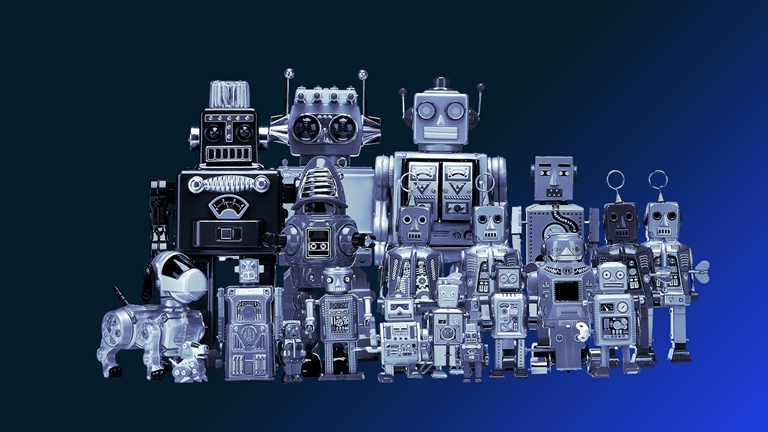
McKinsey Themes
Browse our essential reading on the topics that matter.
Get up to speed
McKinsey on Books
Explore this month’s best-selling business books prepared exclusively for McKinsey Publishing by Circana.
See the lists
McKinsey Chart of the Day
See our daily chart that helps explain a changing world—as we strive for sustainable, inclusive growth.
Dive in
McKinsey Classics
Does creativity translate into actual business value? Read our 2017 classic “Creativity’s bottom line: How winning companies turn creativity into business value and growth” to find out.
Rewind
Smart and to the point
Our daily On Point newsletter connects daily news to what it means for your business.
Subscribe now— Edited by Eleni Kostopoulos, managing editor, New York
COMPARTA ESTAS IDEAS
¿Disfrutó este boletín? Reenvíelo a colegas y amigos para que ellos también puedan suscribirse. ¿Se le remitió este articulo? Regístrese y pruebe nuestras más de 40 suscripciones gratuitas por correo electrónico aquí.
Este correo electrónico contiene información sobre la investigación , los conocimientos, los servicios o los eventos de McKinsey. Al abrir nuestros correos electrónicos o hacer clic en los enlaces, acepta nuestro uso de cookies y tecnología de seguimiento web. Para obtener más información sobre cómo usamos y protegemos su información, consulte nuestra política de privacidad.
Recibió este correo electrónico porque es un miembro registrado de nuestro boletín informativo Destacados.
Copyright © 2023 | McKinsey & Company, 3 World Trade Center, 175 Greenwich Street, New York, NY 10007
by "Destacados de McKinsey" <publishing@email.mckinsey.com> - 09:08 - 8 Jul 2023 -
Are you on social media? Here’s how businesses can use social channels to stand out.
On Point
How to get social media right Brought to you by Liz Hilton Segel, chief client officer and managing partner, global industry practices, & Homayoun Hatami, managing partner, global client capabilities
• Influencing by another name? A new group of online trendsetters called “deinfluencers” are telling their followers what not to buy. Typically, they try to dissuade users from purchasing overpriced products and participating in what they perceive as wasteful trends. While deinfluencers can keep brands honest, they’re still part of the overall social media hype cycle—and might even be paid by rival brands, a social media analyst shares. [CNN]
• Waiting to hear back. McKinsey has identified social media’s four primary functions for businesses, including using social channels to respond to consumer requests. While companies face growing pressure to be present and responsive online, only about half are meeting expectations for response time on social media, per a recent study. Addressing online complaints quickly could increase shoppers’ positive feelings about a brand while delivering a great customer experience, McKinsey senior partner Renny Thomas and colleagues explain.
• Bye-bye, brand loyalty. Three-quarters of customers changed the way they shopped, the products they bought, or tried a new store during the COVID-19 pandemic, senior partner Kelsey Robinson and coauthors find. In a time of decreasing consumer loyalty, companies that personalize their social media channels may improve performance. Tailoring messages to individuals can lower customer acquisition costs, increase revenue, and drive conversions, studies show. For more on social commerce, the latest social media strategies and trends, and key business risks, explore our McKinsey Explainer on social media.
— Edited by Joy Merten, editor, Chicago
This email contains information about McKinsey's research, insights, services, or events. By opening our emails or clicking on links, you agree to our use of cookies and web tracking technology. For more information on how we use and protect your information, please review our privacy policy.
You received this email because you subscribed to the On Point newsletter.
Copyright © 2023 | McKinsey & Company, 3 World Trade Center, 175 Greenwich Street, New York, NY 10007
by "McKinsey On Point" <publishing@email.mckinsey.com> - 12:38 - 7 Jul 2023 -
Database Indexing Strategies
Database Indexing Strategies
In this article, we are going to explore effective database indexing strategies. Database performance is critical to any large-scale, data-driven application. Poorly designed indexes and a lack of indexes are primary sources of database application bottlenecks. Designing efficient indexes is critical to achieving good database and application performance. As databases grow in size, finding efficient ways to retrieve and manipulate data becomes increasingly important. A well-designed indexing strategy is key to achieving this efficiency. This article provides an in-depth look at index architecture and discusses best practices to help us design effective indexes to meet the needs of our application. Open in app or online This is a sneak peek of today’s paid newsletter for our premium subscribers. Get access to this issue and all future issues - by subscribing today.
Latest articles
If you’re not a subscriber, here’s what you missed this month:
To receive all the full articles and support ByteByteGo, consider subscribing:
In this article, we are going to explore effective database indexing strategies. Database performance is critical to any large-scale, data-driven application. Poorly designed indexes and a lack of indexes are primary sources of database application bottlenecks. Designing efficient indexes is critical to achieving good database and application performance. As databases grow in size, finding efficient ways to retrieve and manipulate data becomes increasingly important. A well-designed indexing strategy is key to achieving this efficiency. This article provides an in-depth look at index architecture and discusses best practices to help us design effective indexes to meet the needs of our application.
Basics of Indexing
Let's start with the basics of indexing in databases. An index, much like the index at the end of a book, is a data structure that speeds up data retrieval operations. Just as a book index lists keywords alongside page numbers to help locate information quickly, a database index serves a similar purpose, speeding up data retrieval without needing to scan every row in a database table.
The structure of a database index includes an ordered list of values, with each value connected to pointers leading to data pages where these values reside. Index pages hold this organized structure which provides a more efficient way to locate specific information.
Indexes are typically stored on disk. They are associated with a table to speed up data retrieval. Keys made from one or more columns in the table make up the index, which, for most relational databases, are stored in a B+ tree structure. This structure allows the database to locate associated rows efficiently.
Finding the right indexes for a database is a balancing act between quick query responses and update costs. Narrow indexes, or those with fewer columns, save on disk space and maintenance, while wide indexes cater to a broader range of queries. Often, it requires several iterations of designs to find the most efficient index.
In its simplest form, an index is a sorted table that allows for searches to be conducted in O(Log N) time complexity using binary search on a sorted data structure.
Various data structures, such as B-Trees, Bitmaps, or Hash Maps, can be used to implement indexes. Though all these structures offer efficient data access, their implementation details differ.
For relational databases, indexes are often implemented using a B+ Tree, which is a variant of B-Tree.
Primer on B+ Tree
The B+ Tree is a specific type of tree data structure, and understanding it requires some background on its predecessor, the B-Tree.
The B-Tree, or Balanced Tree, is a self-balancing tree data structure that maintains sorted data and allows for efficient insertion, deletion, and search operations. All these operations can be performed in O(Log N) time.
Here’s what distinguishes the structure of a B-Tree:
All leaves are at the same level - this is what makes the tree 'balanced'.
All internal nodes (except for the root) have a number of children ranging from d (the minimum degree of the tree) to 2d. The root, however, has at least two children.
A non-leaf node with ‘k' children contains k-1 keys. This means if a node has three children (k=3), it will hold two keys (k-1) that segment the data into three parts corresponding to each child node.
The B-Tree is an excellent data structure for storing data that doesn't fit into the main memory because its design minimizes the number of disk accesses. And because the tree is balanced, with all leaf nodes at the same depth, lookup times remain consistent and predictable.
The B+ Tree is a variant of the B-Tree and is widely used in disk-based storage systems, especially for database indexes. The B+ Tree has certain unique characteristics that improve on the B-Tree.
In a B+ Tree, the data pointers (the pointers to the actual records) are stored only at the leaf nodes. The internal nodes only contain keys and pointers to other nodes. This means that many more keys can be stored in internal nodes, reducing the overall height of the tree. This decreases the number of disk accesses required for many operations.
All leaf nodes are linked together in a linked list. This makes range queries efficient. We can access the first node of the range and then simply follow the linked list to retrieve the rest.
In a B+ Tree, every key appears twice, once in the internal nodes and once in the leaf nodes. The key in the internal nodes acts as a division point for deciding which subtree the desired value could be in.
These features make B+ Trees particularly well-suited for systems with large amounts of data that won't fit into main memory. Since data can only be accessed from the leaf nodes, every lookup requires a path traversal from the root to a leaf. All data access operations take a consistent amount of time. This predictability makes B+ Trees an attractive choice for database indexing.
Now we understand how B+ Tree is used for indexing, let’s see how a typical database engine uses it to maintain indexes.
Clustered Index
A clustered index reorders the way records in the table are physically stored. It does not store rows randomly or even in the order they were inserted. Instead, it organizes them to align with the order of the index, hence the term “clustered”. The specific column or columns used to arrange this order is referred to as the clustered key.
The arrangement determines the physical order of data on disk. Think of it as a phonebook, which is sorted by last name, then first name. The data which is phone number and address is stored along with the sorted index.
(maybe a picture of how a phone book works?)
However, because the physical data rows can be sorted in only one order, a table can have only one clustered index. Adding or altering the clustered index can be time-consuming, as it requires physically reordering the rows of data.
It's also important to select the clustered key carefully. Typically, it's beneficial to choose a unique, sequential key to avoid duplicate entries and minimize page splits when inserting new data. This is why, in many databases, the primary key constraint automatically creates a clustered index on that column if no other clustered index is explicitly defined.
However, an exception to this general guidance is PostgreSQL. In PostgreSQL, data is stored in the order it was inserted, not based on the clustered index or any other index. However, PostgreSQL provides the CLUSTER command, which can be used to reorder the physical data in the table to match a specific index. It's important to note that this physical ordering is not automatically maintained when data is inserted or updated - to maintain the order, the CLUSTER command needs to be rerun.
Non-clustered Index
Non-clustered indexes are a bit like the index found at the back of a book. They maintain a distinct list of key values, with each key having a pointer indicating the location of the row that contains that value. The pointers tie the index entries back to the data pages.
Since non-clustered indexes are stored separately from the data rows, the physical order of the data isn't the same as the logical order established by the index. This separation means that accessing data using a non-clustered index involves at least two disk reads, one to access the index and another to access the data. This is in contrast to a clustered index, where the index and data are one and the same.
A major advantage of non-clustered indexes is that we can have multiple non-clustered indexes on a table, each being useful for different types of queries. They are especially beneficial for queries involving columns not included in the clustered index. They enhance the performance of queries that don't involve the clustered key or don't require scanning a range of data.
It's important to consider the trade-off. While non-clustered indexes can speed up read operations, they can slow down write operations, as each index must be updated whenever data is modified in the table. It's crucial to strike a balance when deciding the number and type of non-clustered indexes for a given table.
Understanding Index Types
Indexes speed up data retrieval by providing a more efficient path to the data without scanning every row. There are different types of indexes. We’ll take a look at the common ones.
Primary Index
The primary index of a database is typically the main means of accessing data. When creating a table, the primary key often doubles as a clustered index, which means that the data in the table is physically sorted on disk based on this key. This ensures quick data retrieval when searching by the primary key.
The efficiency of this setup largely depends on the nature of the primary key. If the key is sequential, writing to the table is generally efficient. But if the key isn't sequential, reshuffling of data might be needed to maintain the order. This can make the write process less efficient.
Note that while the primary key often serves as the clustered index, this is not a hard and fast rule. The clustered index could be based on any column or set of columns, not necessarily the primary key.
Keep reading with a 7-day free trial
Subscribe to ByteByteGo Newsletter to keep reading this post and get 7 days of free access to the full post archives.
A subscription gets you:
An extra deep dive on Thursdays Full archive Many expense it with team's learning budget Like
Comment
Restack
© 2023 ByteByteGo
548 Market Street PMB 72296, San Francisco, CA 94104
Unsubscribe
by "ByteByteGo" <bytebytego@substack.com> - 11:37 - 6 Jul 2023 -
RE: TBS 2023 Attendees Email Contact List
Hi,
Is there any update to my previous email
Please let me know your thoughts, so that i can get back to you with complete details
Waiting for your earliest response,
Regards,
Erica Jonathan
From: Erica.Jonathan
Sent: Wednesday, July 5, 2023 5:41 AM
To: 'info@learn.odoo.com' <info@learn.odoo.com>
Subject: TBS 2023 Attendees Email Contact List
Importance: HighHi,
This is regarding The Business Show - TBS 2023 Attendees Email Contact List.
List includes: Contact Name, Job Title, Company/Business Name, email, Website/URL, Revenue, Employee Size, SIC Code etc.,
If you are interested just reply back as “Send Counts and Cost".
Looking forward for your email.
Regards,
Erica jonathan
Trade Show Specialist.
by "Erica.Jonathan" <erica.jonathan@mktindustrylisting.com> - 08:44 - 6 Jul 2023 -
[Online workshop] How to Master Software Remediation using New Relic Vulnerability Management
New Relic
 Register for this online workshop, "How to Master Software Remediation using New Relic Vulnerability Management" on 20th July at 2 PM BST/ 3 PM CEST to get a comprehensive introduction to New Relic Vulnerability Management. Applications today often consist of thousands of components, each with the potential to carry critical security vulnerabilities.Mitigating threats is no longer the sole responsibility of security teams, it is a shared responsibility of all engineers to have a security mindset across the development pipeline.
Register for this online workshop, "How to Master Software Remediation using New Relic Vulnerability Management" on 20th July at 2 PM BST/ 3 PM CEST to get a comprehensive introduction to New Relic Vulnerability Management. Applications today often consist of thousands of components, each with the potential to carry critical security vulnerabilities.Mitigating threats is no longer the sole responsibility of security teams, it is a shared responsibility of all engineers to have a security mindset across the development pipeline.
In this practical session, you’ll find out about how New Relic vulnerability management lets you see and fix security issues in one connected experience with zero configuration, open integrations, automatic risk prioritization, and alerting on newly discovered vulnerabilities across all teams (Dev, Ops, Sec).
With this online workshop, you’ll get to:
- Learn three best practices to adopt that can help improve secure code quality.
- How New Relic Vulnerability Management empowers your engineers to understand their application security
- How it works and how to get it technically (Agent upgrade)
Register now Need help? Let's get in touch. 

 This email is sent from an account used for sending messages only. Please do not reply to this email to contact us—we will not get your response.
This email is sent from an account used for sending messages only. Please do not reply to this email to contact us—we will not get your response.View in browser
This email was sent to info@learn.odoo.com. Update your email preferences.For information about our privacy practices, see our Privacy Policy.
Need to contact New Relic? You can chat or call us at +44 20 3859 9190
Strand Bridge House, 138-142 Strand, London WC2R 1HH
© 2023 New Relic, Inc. All rights reserved. New Relic logo are trademarks of New Relic, Inc.
by "New Relic" <emeamarketing@newrelic.com> - 07:06 - 6 Jul 2023




















